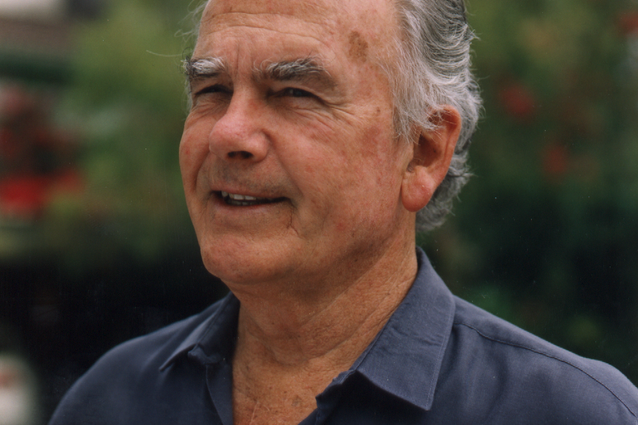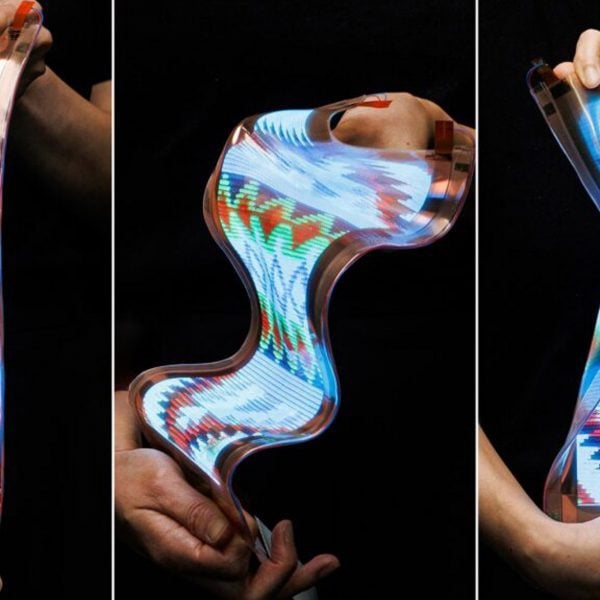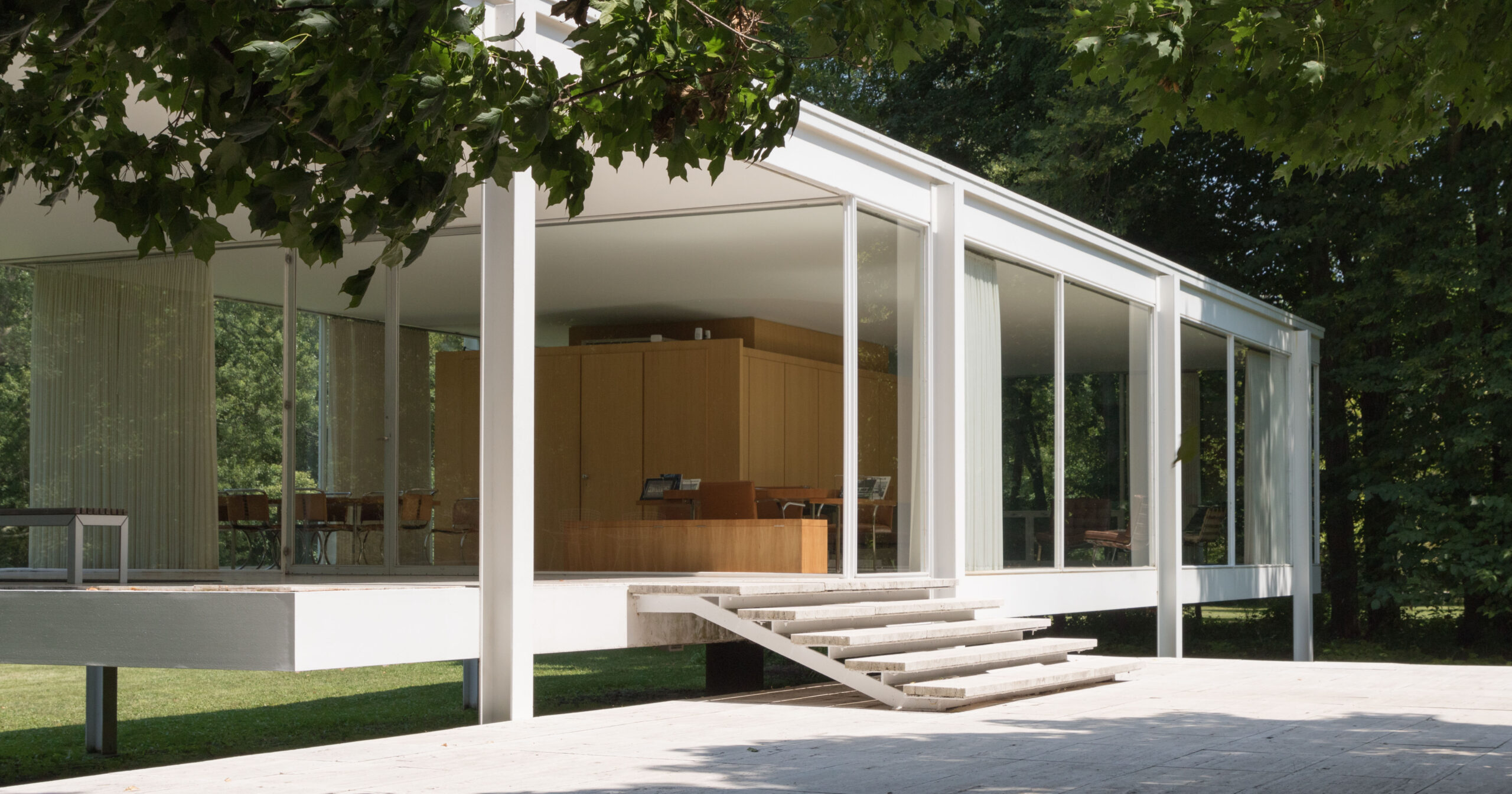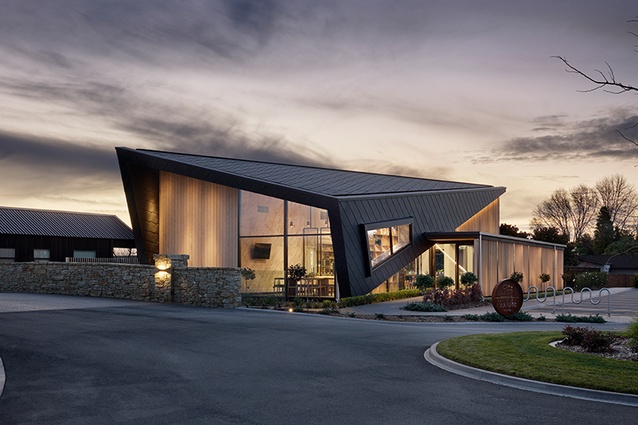During the three years that artist Mari Andrew lived in her tiny East Village studio apartment, she became obsessed with a family of birds that lived outside her fire escape. She watched them day in and day out, just as she watched a particular tree on her block lose its leaves and regrow them with the seasons, and just as she watched the light stream into her kitchen every afternoon. Pretty mundane stuff, on its face.
Yet it was these passive daily occurrences that she mourned when she made the decision to move to a bigger apartment in Brooklyn. It was the shortest move she had ever made (another borough should be nothing compared to a different country, or even a different state across the country, both of which Mari has done multiple times). But it was the one that was the hardest for her.
“I felt self-conscious about how sad I was, especially with the state of the world right now,” she says. “And besides that, I’ve just been through much sadder things. I’ve been through much bigger moves.” But a theme of Mari’s own work—watercolor illustrations and accompanying writing that is as earnest and vulnerable as it comes—is that nothing is too small to feel big about.
Mari made her East Village apartment for herself and herself only—the first time she had ever done so. She put up shelving at her short height. She invested in a high-quality mattress, not dismissing the reality of her life with the promise of an imminent-but-currently-nonexistent partner with whom she might need to consolidate her stuff in the near future. (Another theme of Mari’s work is the experience of being single and navigating dating.) She made every decision with her own comfort in mind.
“It felt distinct from other apartments in that way,” she says. “It was the first time I decided to not leave room for anyone else.”
But then Mari needed more room herself. The pandemic shifted priorities for a lot of people, and many of them up and left wherever they were. For Mari, it was a quick decision, and one that felt inevitable as the whole world turned indoors. In New York especially—a city famous for its energy, a city where people pride themselves on how much they’re doing and how drained they are in turn—the shift was jarring. “My home used to be my refuge,” she explains. “But in recent months it pretty quickly turned into something I wanted to recharge from.”
She was craving more space and proximity to nature (Prospect Park isn’t exactly The Great Outdoors, but it’s not half bad). And so, sadness and all, she took the plunge.
She thought it would take months to adjust, to shed her melancholy. But turns out what comes with having made space for your full self is that, well, you’re sure of yourself and your decisions. Her instinct about what she needed at this moment turned out to be dead-on. “The moment I got here it felt like taking off a scratchy sweater and putting on a soft one warm from the dryer,” she says. Funny how that can happen, even when you still kind of love the scratchy one.
Mari is as thoughtful about her home in Brooklyn as she was in Manhattan. She’s hanging friends’ art (a particular prized possession is a napkin with a doodle that she framed). She’s filling empty corners with plants that she will, she says inevitably, struggle to keep alive. And she’s setting intentions for getting to know her new neighborhood, whether that’s buying a coffee around the corner, or watching the dogs in the park, or putting out a pumpkin on her stoop for kids on her street to enjoy.
“What I’m looking forward to most in my new place is that element of surprise,” she says. “What will it look like in the snow? How am I going to get attached to this home in ways I’m not even aware of yet?”
All products featured on Architectural Digest are independently selected by our editors. However, when you buy something through our retail links, we may earn an affiliate commission.










